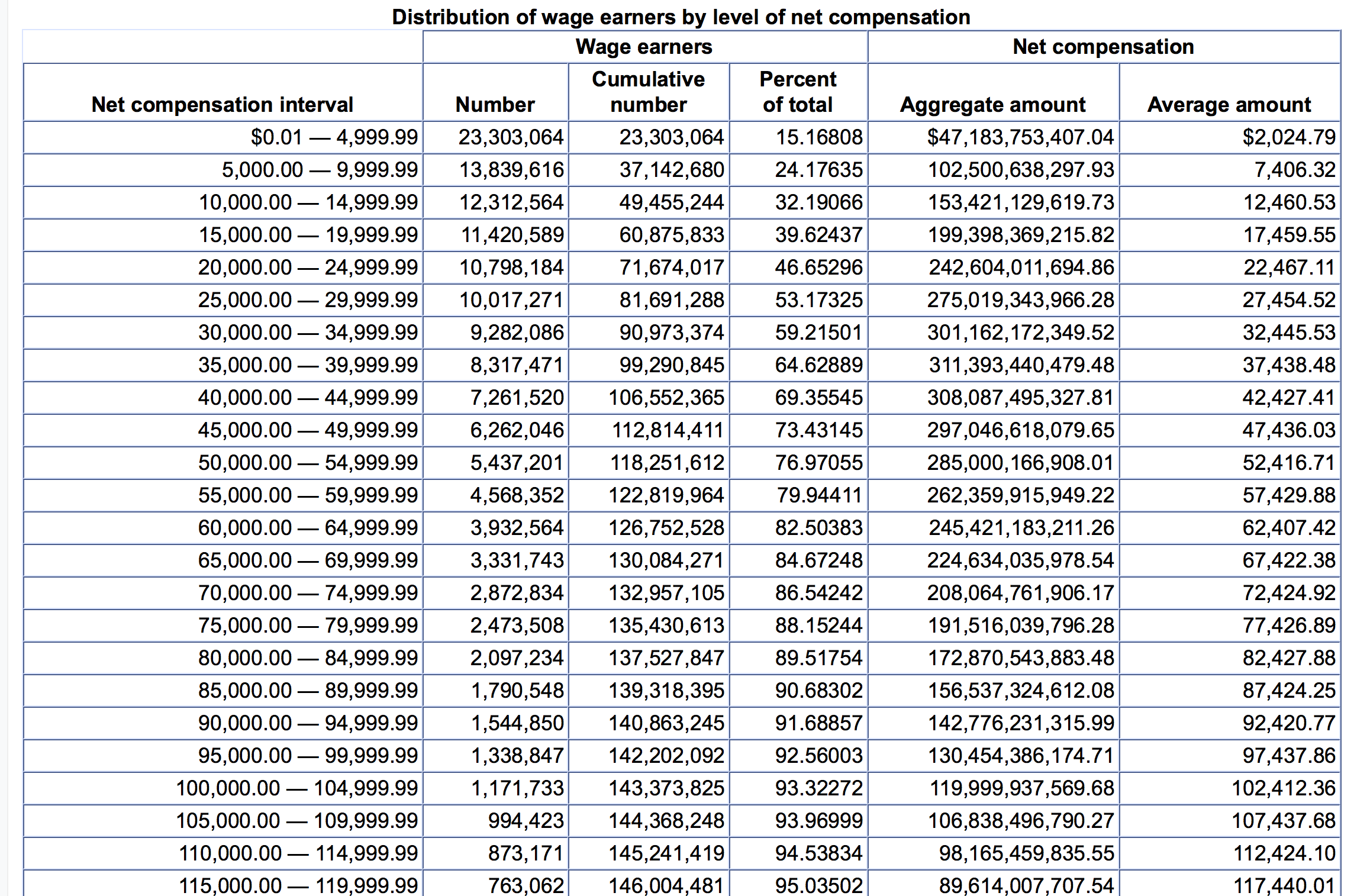What Comes After Trillions? The Ultimate Guide To Understanding Large Numbers
Have you ever wondered what comes after trillions? It’s a question that might pop up when you’re discussing the economy, space exploration, or even just trying to impress your friends with some mind-blowing facts. Numbers beyond trillions exist, and they’re way bigger than you can imagine. So, buckle up because we’re diving deep into the world of large numbers, and trust me, it’s going to be an interesting ride!
When we talk about trillions, we’re already dealing with some seriously massive figures. But guess what? The number system doesn’t stop there. There’s a whole universe of numbers waiting to be discovered beyond the trillion mark. In this article, we’ll explore these astronomical figures and uncover what comes after trillions.
Whether you’re a math enthusiast, a curious mind, or someone who just wants to sound smart at parties, this guide will give you the lowdown on everything you need to know about numbers bigger than trillions. So, let’s get started and explore the vast world of large numbers!
- Vegamovies Mp4moviez Your Ultimate Guide To Streaming Movies Online
- Minitinah Plastic Surgery A Deep Dive Into The Rising Phenomenon
Understanding the Number System Beyond Trillions
Before we dive into what comes after trillions, it’s important to understand how the number system works. Numbers are grouped into categories called periods, and each period has its own set of names. For example, we have ones, thousands, millions, billions, and trillions. But what happens when we go beyond trillions?
Well, the names keep getting crazier and crazier. After trillions, we move into quadrillions, quintillions, sextillions, and so on. These numbers are so large that they’re hard to wrap your head around, but they’re essential in fields like astronomy, economics, and even computer science.
What Comes After Trillions?
So, what exactly comes after trillions? Let’s break it down for you:
- Unveiling The Truth About Madi Ruve Nudes Facts Fiction And Everything Inbetween
- Https Filmyfly Dev Your Ultimate Guide To Streaming Movies Safely
- Trillion
- Quadrillion
- Quintillion
- Sextillion
- Septillion
- Octillion
- Nonillion
- Decillion
See how the names follow a pattern? They’re based on Latin roots, and each new name adds another "illion" to the mix. It’s like a never-ending game of number bingo, but way more impressive.
How Big Are These Numbers, Really?
Now, you might be wondering, how big are these numbers, really? To put it into perspective, let’s compare them to something we can relate to. Imagine you have a trillion dollars. That’s already a lot of money, right? But now imagine having a quadrillion dollars. That’s a thousand times more than a trillion!
And it doesn’t stop there. A quintillion is a thousand times more than a quadrillion, and a sextillion is a thousand times more than a quintillion. The numbers just keep growing, and it’s mind-blowing to think about how vast they can get.
Real-World Examples of Large Numbers
Large numbers aren’t just theoretical; they have real-world applications. For example, astronomers use these numbers to measure distances in space. The distance between stars and galaxies is often expressed in light-years, and these distances can reach into the sextillions or even septillions.
Economists also use large numbers to describe the global economy. When you hear about trillions of dollars in GDP, you’re dealing with some serious cash. But as the economy grows, we might start seeing quadrillions and quintillions being thrown around in financial reports.
Fun Facts About Large Numbers
Here are some fun facts about large numbers that will blow your mind:
- The number googol is a 1 followed by 100 zeros. That’s a lot of zeros!
- A googolplex is even bigger. It’s a 1 followed by a googol of zeros. Yeah, it’s that big.
- The largest known number is called Graham’s number, and it’s so big that it can’t even be written down. Mind. Blown.
These numbers are so massive that they’re almost impossible to comprehend, but they’re fascinating to learn about nonetheless.
Why Do We Need Large Numbers?
You might be wondering, why do we even need these large numbers? Well, they’re essential in many fields. Scientists use them to measure distances in space, economists use them to describe the global economy, and mathematicians use them to solve complex problems.
Large numbers also help us understand the scale of things. For example, when we talk about the age of the universe or the number of atoms in the observable universe, we’re dealing with numbers that are beyond our comprehension. But by using these large numbers, we can start to grasp the enormity of the universe.
How to Pronounce These Large Numbers
Pronouncing large numbers can be a bit tricky, especially when you get into the higher "illions." But don’t worry, we’ve got you covered:
- Quadrillion: Kwa-dri-lyun
- Quintillion: Kwin-til-yun
- Sextillion: Sekst-til-yun
- Septillion: Sep-til-yun
- Octillion: Okt-til-yun
See? Not so hard, right? Just remember the pattern, and you’ll be pronouncing these numbers like a pro in no time.
Common Mistakes When Pronouncing Large Numbers
One common mistake people make when pronouncing large numbers is getting the syllables wrong. For example, some people might say "kwa-drel-yun" instead of "kwa-dri-lyun." Another mistake is skipping syllables altogether, which can make the number sound completely different.
So, take your time and practice saying these numbers out loud. It might feel a bit awkward at first, but you’ll get the hang of it eventually.
Applications of Large Numbers in Everyday Life
Large numbers might seem like they’re only used in scientific or financial contexts, but they actually have applications in everyday life. For example, when you’re talking about the number of people on social media platforms or the amount of data stored on the internet, you’re dealing with numbers in the billions or even trillions.
Another example is in sports. When you hear about the number of possible combinations in a game of chess or the number of ways a deck of cards can be shuffled, you’re dealing with some seriously large numbers. These numbers help us understand the complexity and randomness of the world around us.
Large Numbers in Technology
Technology is another field where large numbers are essential. For example, when you’re talking about the number of transistors on a computer chip or the amount of data processed by a supercomputer, you’re dealing with numbers in the billions or even trillions.
Large numbers also play a role in cryptography, which is the science of secure communication. Cryptographers use large numbers to create encryption keys that protect our data from hackers. Without these large numbers, our online world would be a much less secure place.
Conclusion
So, there you have it. The world of large numbers is vast and fascinating, and it’s full of surprises. From quadrillions to googolplexes, these numbers help us understand the scale of the universe and the complexity of the world around us.
Remember, the next time someone asks you what comes after trillions, you’ll be able to impress them with your knowledge of quadrillions, quintillions, and beyond. And who knows? Maybe one day you’ll even get to use these numbers in your everyday life.
So, what are you waiting for? Start exploring the world of large numbers today and see where it takes you. And don’t forget to share this article with your friends and family. After all, knowledge is power, and the more people know about large numbers, the better off we’ll all be.
Table of Contents
- Understanding the Number System Beyond Trillions
- What Comes After Trillions?
- How Big Are These Numbers, Really?
- Real-World Examples of Large Numbers
- Fun Facts About Large Numbers
- Why Do We Need Large Numbers?
- How to Pronounce These Large Numbers
- Common Mistakes When Pronouncing Large Numbers
- Applications of Large Numbers in Everyday Life
- Large Numbers in Technology
- Crazyjamjam Leaked The Untold Story You Need To Know
- Jasmine Crockett Husband A Closer Look Into Her Love Life

What Comes After A Trillion? Do You Know?

Chart Of Million Billion Trillion

Trillion In Numbers